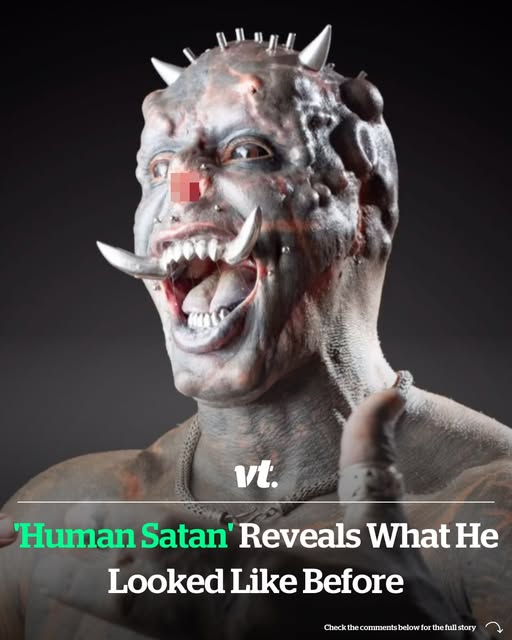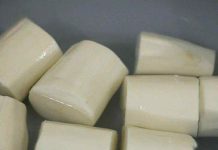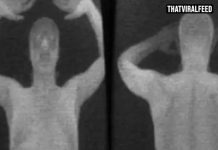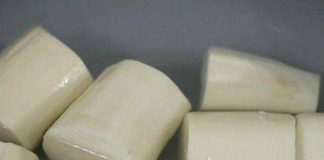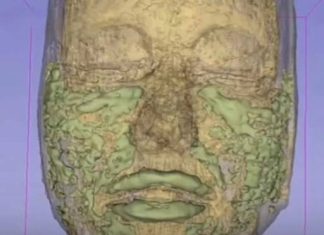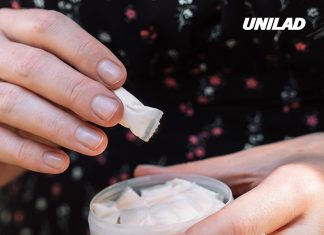Michel “Diabão” Praddo, known as the “Human Satan,” has undergone one of the most radical physical transformations in the world of body modification. His journey from a conventional appearance to an extreme aesthetic challenges societal norms and redefines personal identity.
Early Life and Initial Transformations
Born in Santos, Brazil, Michel Praddo’s initial foray into body art began in the 1990s during his involvement in the hippie movement. His first tattoo, a tribal design, marked the beginning of a lifelong commitment to body modification. Over time, this interest evolved into a profound passion, leading him to pursue tattooing professionally. His marriage to Carol Praddo, also known as “Mulher Demonia” or “Demon Woman,” further solidified his path, as both share a deep interest in extreme body art.
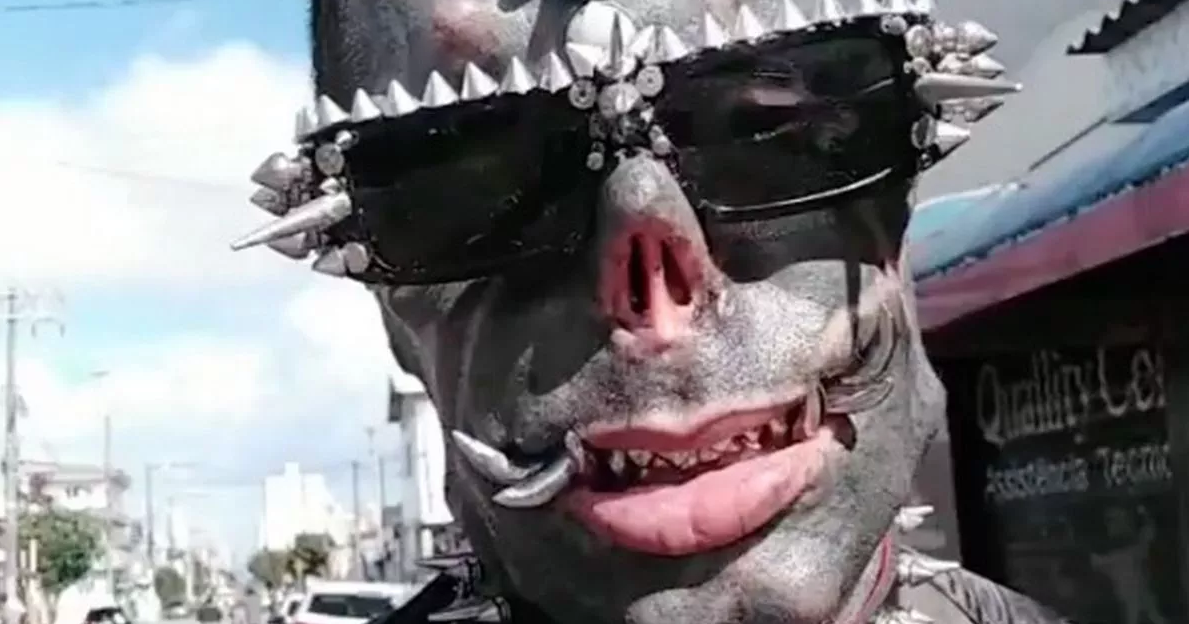
The Evolution into “Human Satan”
Michel’s transformation into the “Human Satan” is marked by over 60 body modifications, including:
- Tattooing approximately 85% of his body.
- Implanting subdermal horns on his head.
- Removing his nose, ears, nipples, and navel.
- Splitting and tattooing his tongue.
- Modifying his teeth with chrome dental implants.
- Scarification and silicone implants to alter facial features.
One of his most controversial modifications includes the amputation of his pinky and ring fingers to create claw-like hands. These alterations have not only garnered him a significant following on social media but also earned him a Guinness World Record for the most “horns” implanted on a human head.
Public Perception and Personal Philosophy
Michel’s dramatic appearance has elicited a wide range of reactions. While some admire his dedication to self-expression, others express concern or disapproval. Despite the criticism, Michel remains unfazed, viewing his body modifications as a form of liberation and a challenge to conventional beauty standards. He emphasizes that his physical transformation is a deeply personal journey, reflecting his inner identity and beliefs.
The Broader Context of Body Modification
Michel’s journey is part of a broader movement of individuals using body modification to express their identities. Another notable figure is Anthony Loffredo, known as “The Black Alien,” who has undergone extensive modifications to resemble an extraterrestrial being. These transformations, while controversial, highlight the diverse ways individuals seek to define themselves beyond societal norms.

Impact on Society and Legacy
Michel Praddo’s transformation continues to spark conversations about the limits of self-expression and body autonomy. His appearance is undeniably provocative, but it also encourages deeper reflection on how society judges physical differences. Michel often speaks out against prejudice and advocates for freedom of choice when it comes to body art. He insists that what some see as extreme or grotesque is, to him, beautiful and empowering. As he grows older, he hopes his story inspires others to live authentically, no matter how unconventional their paths may seem. In many ways, Michel’s body is his canvas—and his legacy is one of radical self-ownership.
Conclusion
Michel “Diabão” Praddo’s transformation into the “Human Satan” is a testament to the lengths individuals will go to express their identities. His journey challenges perceptions of beauty, normalcy, and self-expression, prompting society to reconsider the boundaries of personal transformation.

